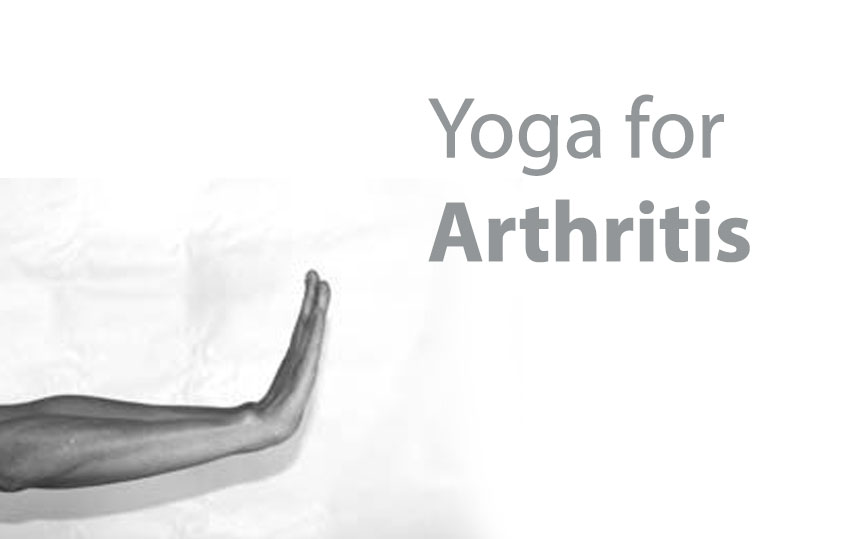“Arthritis” is “inflammation of the joint” from the Greek word, “Arthron” and Latin, “Itis” inflammation. This is a common condition which causes pain and swelling or inflammation on the joints. There are more than a hundred types of Arthritis affecting people of all ages.
Anatomy of the Joint
Knowing the structure of the joint helps as to understand better about the nature of the Arthritis.
Joint is a place where two bones meet. It allows the bones to move and provide mechanical support structurally and functionally. The ligaments are like the elastic bands, keeping the bones in the position and make the muscles inflatable water slides relax and contract to move the joint. The boney surface is covered with cartilages to prevent rubbing against each other. The covering of the joint allows the bones to work smoothly and painlessly.
There is a capsule surrounding the joint. The space within the joint is called the joint cavity, which is filled with the synovial fluid. Synovial fluid nourishes the joint and the cartilage. The synovial fluid is produced by the synovial membrane, which lines the joint cavity.
Now if you suffer from Arthritis, there is something wrong with the joint(s) at the affected area. It depends on which part of the joint is affected. It could be the cartilage wearing away, a lack of fluid, autoimmunity (your body attacking itself), inflammation, infection or a combination of issues.
Symptoms
Common symptoms include:
• Joint Pain
• Stiffness
• Restricted movements in the joints
• Swelling or inflammation
• Warmth or redness of the skin over the joint
Types
Common types of Arthritis include the following:
Osteoarthritis
A very common Arthritis, it is also known as wear and tear Arthritis. When the cartilage loses its elasticity and becomes stiff, it is easier to damage. The cartilage acts as a shock absorber. As it wears away in some areas, it damages the tendon and the ligaments becomes stretched causing pain. This leads the bones to rub against each other causing severe pain.
Rheumatoid Arthritis
It is a disorder which the immune system attacks the joints. It is considered chronic and inflammatory. This can lead to substantial loss of mobility due to pain and joint destruction. The body starts attacking its own parts unknowingly.
Gout Arthritis
This is caused suddenly as a severe attack, usually either in the big toe or any joint. This is a metabolic disorder that results from crystals of uric acid depositing in joint tissues, causing attacks of inflammation.
Yoga
Yoga is the best to overcome Arthritis. As asanas are gentle in nature, they generate physiological and psychological benefits for the sufferer. Some simple physical movement to the joints can improve blood circulation and increase the range of mobility in the area. However, care must be taken not to over strain any unmovable joint or any still area by mistake. Consulting a doctor to identify the kind of arthritis one is essential such that the sufferer understand the problem better.
More importantly, one should learn the asanas from a proper Yoga teacher, as not all asanas are suitable for everybody. The teacher can guide the sufferer to perform asanas correctly and safely. Further, Yoga can help reduce the stress and frustration to deal with the pain and stiffness.
Yoga Therapy
Pavanamuktasna (Wind Releasing pose)

Ankle Rotation
Rotate your ankle by stretching it up and down, right and left, rotating it clockwise and anti-clockwise. This makes the ankle more flexible and strengthens the calf muscle and the foot planter. Do this five times on both sides and rest.

Wrist Rotation
Wrist is a very common area of injury due to carrying heavy bags etc. Wrist rotation helps to keep the wrist and the finger joints in good condition. Rotate your wrist in all directions – bending up and down, turning right and left, rotating clockwise and anti-clockwise. Do this five times on both sides and rest.
Shoulder Rotation

Bend your elbow and keep the fingers touching the shoulders. Now rotate your shoulder and imagine that you are drawing a big circle with your elbow on either side of the shoulders. This improves the range of the motions of the shoulder and elbow, and also relives any tension in the entire upper back.
Neck Rotation

Rotate your neck gently by lifting your chin up and bending down, bending your neck sideways to the right and left. Neck rotation should be done carefully in clockwise and anti-clockwise directions. It should be stopped if you feel pain. Do equal rounds on both sides. This exercise strengthens the connectors of the neck.
Hip Rotation

Rotate your hips by making a big circle in both clockwise and anti-clockwise directions with your hands on the waist. Doing this five times on both sides makes your hip flexible.
Tadasana (Mountain pose)

Stand straight with your feet hip width apart and interlock your fingers. Now raise your heel up and stretch your arms upwards. Stay for 20 seconds and repeat a few times. This asana stretches the spine and the musculature of the entire body.
Parsva Tadasana (Sideways Mountain)

Stand with your legs hip width apart. Raise the left hand up, placing your right palm on the side of the right thigh. Inhale, stretch up; and exhale, bend to the right. Stay for five to ten seconds and repeat the same on the other side.
Yoga Nidra (Yogic Sleep)

Lie down on the floor. Go into a sleep like state with complete awareness. This is done to reduce tension and anxiety in the body and the mind. With mindful relaxation, one can bring attention to the weaker part by freeing from pain and stress. Yoga Nidra should be done for at least five to ten minutes to generate any benefit.


















 Other
Other